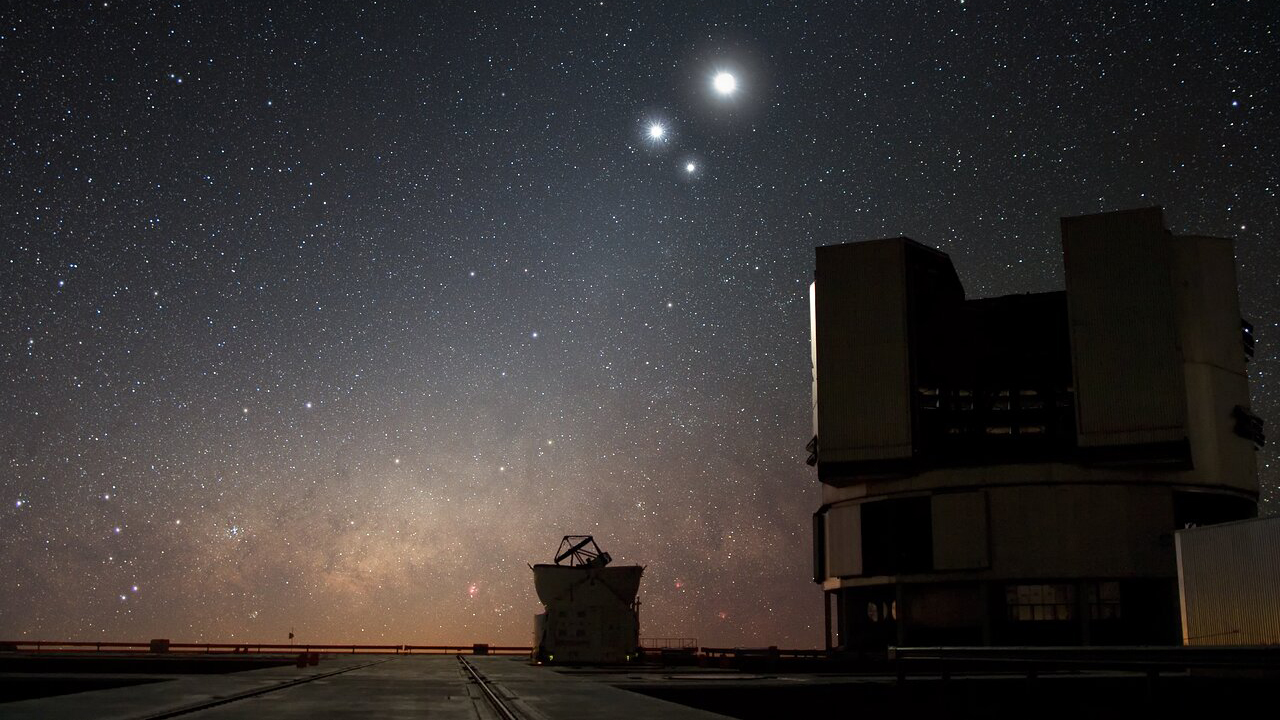Black hole caught turning a poor star into spaghetti
Too bad for the spaghetti star.

Editor's note: This article was updated at 4:50 p.m. EDT Oct. 13 to reflect that the black hole is 214 million light years from Earth, not 214 light years.
A black hole in a galaxy not far from Earth gobbled up a star like it was a big, exploding noodle, and astronomers got a front-row seat to the action.
The "unfortunate star," as the researchers called it in their paper, was orbiting in the dense nucleus of a galaxy with the unwieldy name 2MASX J04463790-1013349 about 214 million years ago when it found itself on a doomed path. It had wandered too close to the galaxy's central, supermassive black hole. And that black hole stretched it out like spaghetti and swallowed it one big gulp. (Scientists literally call this process "spaghettification.") Light from this act of stellar cannibalism reached Earth in 2019. Researchers have detected events like this before, but never so soon after the destruction and never so nearby. The black hole ate its noodly plasma dinner just 214 million light-years from Earth.
"The idea of a black hole 'sucking in' a nearby star sounds like science fiction. But this is exactly what happens in a tidal disruption event," Matt Nicholl, a University of Birmingham astrophysicist and lead author of the paper, said in a statement.
The paper was published today (Oct. 12) in the journal Monthly Notices of the Royal Astronomical Society.
Related: 8 ways you can see Einstein's theory of relativity in real life
Spaghettification happens because of how sharply gravity increases as you approach a large black hole. If you dropped feet-first down a black hole's gravity well, at some point the gravity on your feet would be much stronger than the gravity on your head. It would stretch you out until all your skin, skeleton and guts looked like a long string (or a really gross noodle). The same thing happens to stars as they plunge into supermassive black holes, which can be millions of times their mass.
Get the world’s most fascinating discoveries delivered straight to your inbox.
Astronomers have still never actually watched the initial stretching process itself, but this is the closest they've ever gotten. Wide-view telescopes spotted a flash of light from the system, the signature of a "tidal disruption event." As a star is ripped apart, some of its innards end up in the disk of swirling matter around the black hole and shine brightly before they're swallowed. At the same time, clouds of dust and other material blast out into space, shrouding regions of the black hole from view. Soon after the first flash, telescopes all over the world whirled around to watch this happen.
"Because we caught it early, we could actually see the curtain of dust and debris being drawn up as the black hole launched a powerful outflow of material with velocities up to [6,200 miles per second] 10,000 kilometers per second]," co-author of the study Kate Alexander, a Northwestern University astrophysicist, said in the statement. "This unique 'peek behind the curtain' provided the first opportunity to pinpoint the origin of the obscuring material and follow in real time how it engulfs the black hole."
Over the course of six months, the researchers watched the material flow into space and then watched the tidal disruption fade. The astronomers also confirmed for the first time the direct link between the flash of light and the outflowing material.
"The star had roughly the same mass as our own sun, and... it lost about half of that to the monster black hole, which is over a million times more massive," Nicholl said.
The researchers said the event, which they termed AT 2019qiz, could help them unlock secrets of more obscure tidal disruption events around other black holes, and understand how the extreme gravity of black holes warps matter in their surrounding space.
Originally published on Live Science.



